At the beginning of the 3rd millennium BC, an Indo-European population formed in this area, and as a result of the merger, a population was conceived that preserved specific cultural and linguistic features on the Balkan Peninsula (the tribe of the Pelasgians). Between the second millennium and the first century BC, an Illyrian population was established. Like the Greeks, the Illyrians managed to maintain their language and traditions despite the Roman occupation.
Albania is considered one of the regions with the oldest traces of population in the Balkans and Europe.
There is evidence of numerous archaeological finds in different parts of the Albanian regions, such as Lepenitsa in Vlora, Tren in Korca, Khara in Saranda, neighboring Shkodra in Selce, Mount Daiti, Prizren, etc., confirming the presence of traces of the ancient population on the territory of Albania. The study of these archaeological sites proved that the first settlements of the Albanians began to be settled in the middle of the Paleolithic (100-40 thousand years BC).
Also during the Neolithic period (6000 – 2600 BC), this indicates a much denser population in the Albanian territories. This is noted by archaeological excavations carried out in the Korça region, where 12 settlements of this period were discovered. Such settlements have also been found in Chakran, Kolonya, in the valley of the Black Drin River in Mata, in Permet, etc.
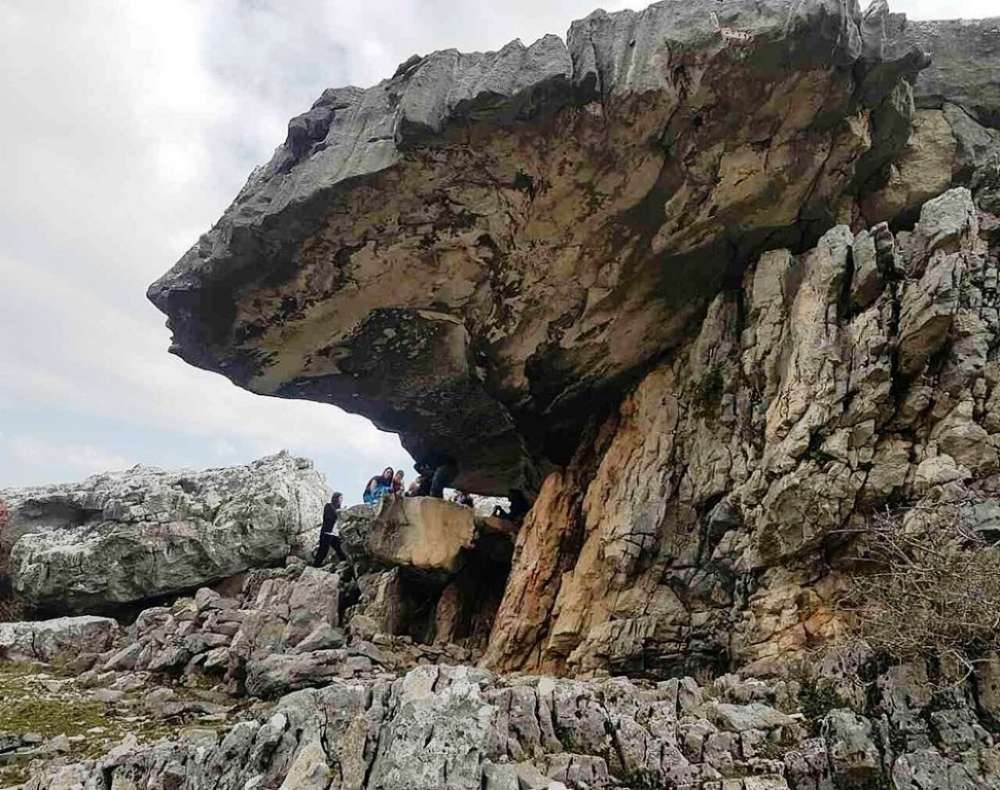
Prehistoric painted cave Lepenitsa near Vlora
The Indo-European population settled here at the beginning of the 3rd millennium BC. As a result of this merger, a new population (pelazgi) was formed on the Balkan Peninsula, which retained specific cultural and linguistic features.
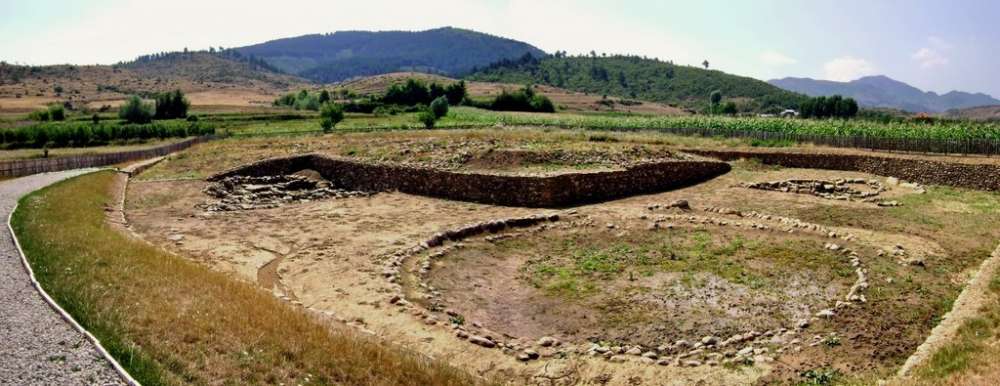
Illyrian Tummul from Kamenitsa near Korka
This ancient population became the ancestors of the Illyrians between the 2nd millennium and the 1st century BC. After its fall in 30 BC and at the end of the three Illyrian-Roman wars, Illyria came under the control of the latter.
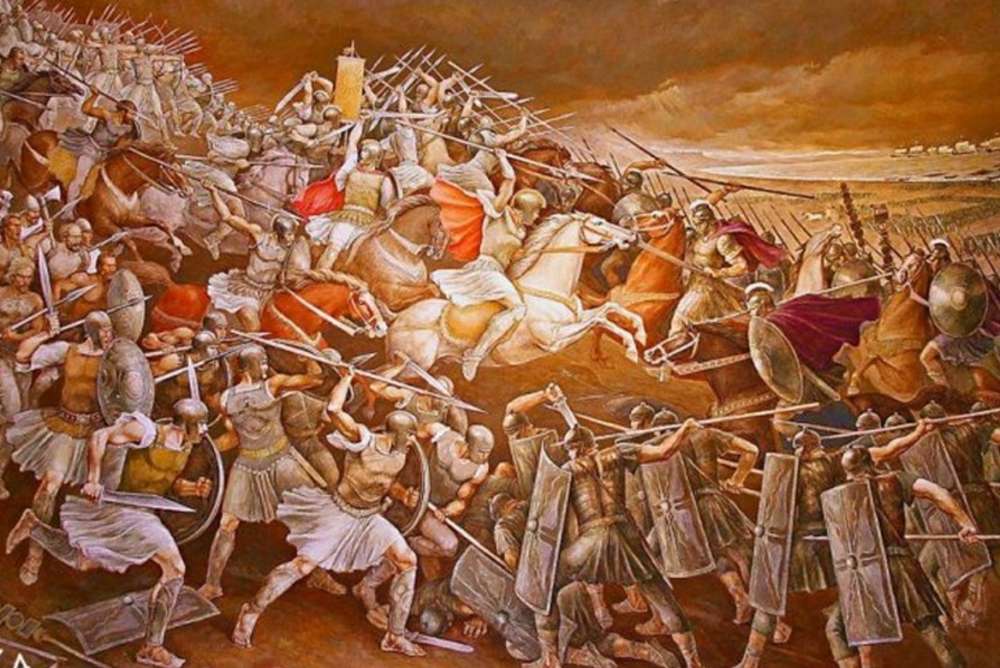
Skanderbeg Museum, Illyrians vs. Romans
After the division of the Roman Empire (395 BC), Illyria became part of the Byzantine Empire.
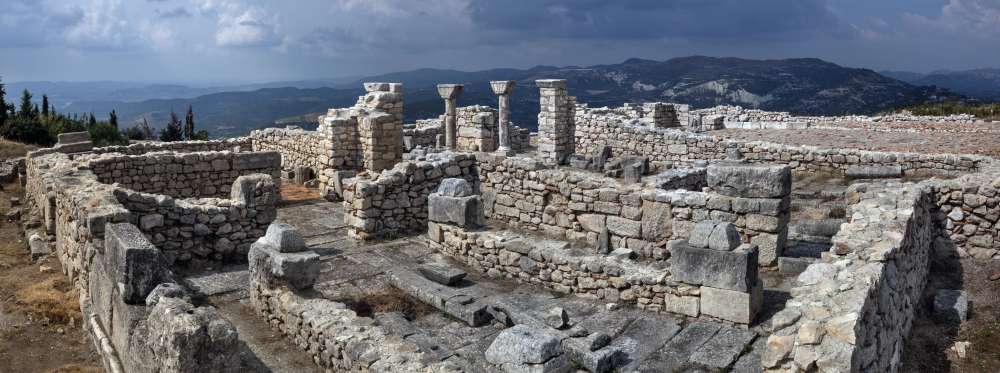
Archaeological site of Billis, Albania
Although they were under Roman conquest, the Illyrians have retained their language and traditions over the centuries. Through the port of Durres passed “Via Egnatia”, the most important trade route between Rome and Constantinople (Byzantium).
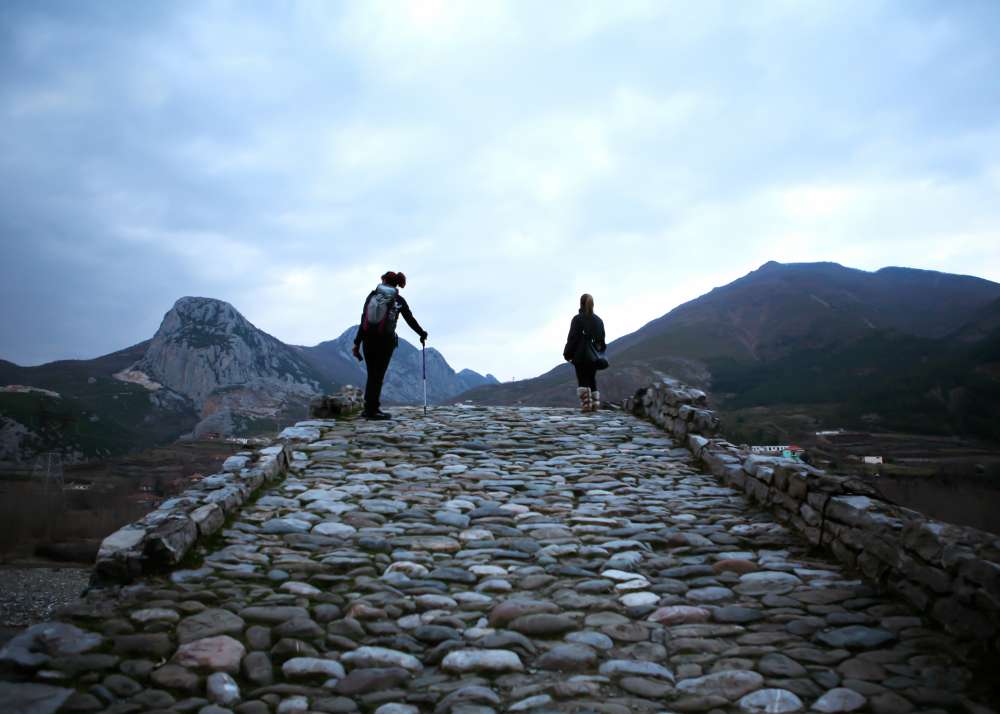
Via Egnatia – Albania
The first three Byzantine emperors (Anastasius I, Justin and Justinian I) were of Illyrian origin. Attacks of barbarian migrating tribes (Visigoths, Huns, Ostrogoths and Slavs) continued during the 5th and 6th centuries. In 1344, Albania came under the control of the Serbian Kingdom. After its fall in the war against Turkey in 1389, the Principality of Arberesh was created.
The most important of them was the Balshai principality. The region was open to Ottoman attacks, who evenly succeeded in bringing Arberia under power. Anti-Ottoman resistance culminated in 1443-1468, when the Albanian national hero Gerge Kastriot Skanderbeg led an Albanian uprising against the Ottomans.
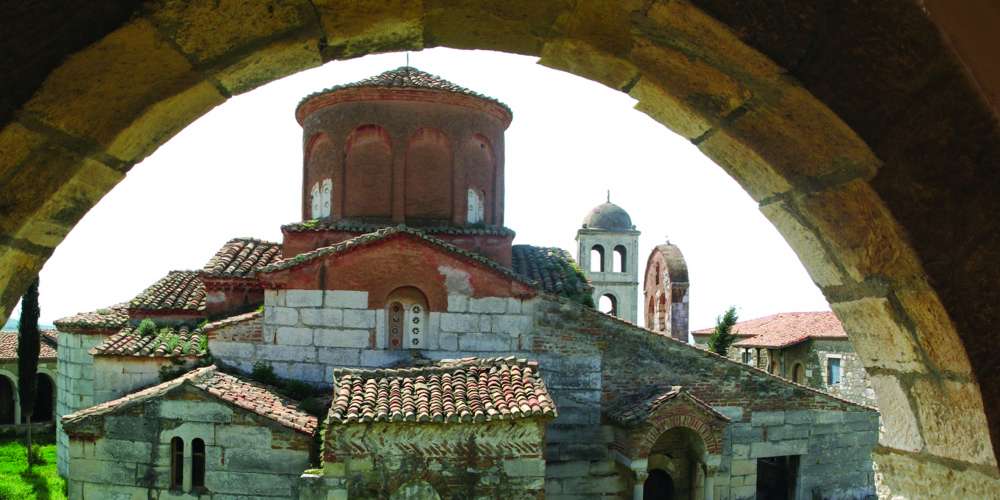
Church of St. Mary in Apollonia – Fier – Albania
During this period, Arberia developed into a key factor in all of Europe. After the formation on March 2, 1444 of the coalition of Arber feudal lords in the historical League of Lezha, the national hero Gerg Kastrioti Skanderbeg led the resistance to the Ottoman threat for 25 years.
There were three Ottoman attacks on Kruya, all of them failed, and only 10 years after the death of Skanderbeg, in 1478, they finally managed to capture Kruya. For over 400 years Albania was under Ottoman rule. The Albanian Resistance continued in subsequent periods, especially inspired by the Illuminist movement of the Albanian National Revival that arose in the 19th century.

Castle in Kruja, Albania
The successive uprisings and efforts reached their peak with the declaration of national independence on November 28, 1912. The Assembly of Vlora created the first Albanian government headed by Ismail Qemali. During World War I, which broke out in 1914, Albania turned into a battlefield for various occupying forces such as Austro-Hungarian, Italian and French troops. The Lushni congress, held in 1920, was intended to preserve the territorial integrity of Albania after the First World War.

Independence Monument, Vlora, Albania
This congress proclaimed Tirana the capital of Albania. In the same year, Albania joined the League of Nations. After a period of political turmoil in 1924, the country experienced a bourgeois-democratic revolution, and immediately after it the Fan Noli government headed the country. In 1928, the country was declared a monarchy under the leadership of King Zog I. The latter pursued a policy of rapprochement with Italy and Great Britain, but could not avoid the military occupation of Albania by the Italian fascists.
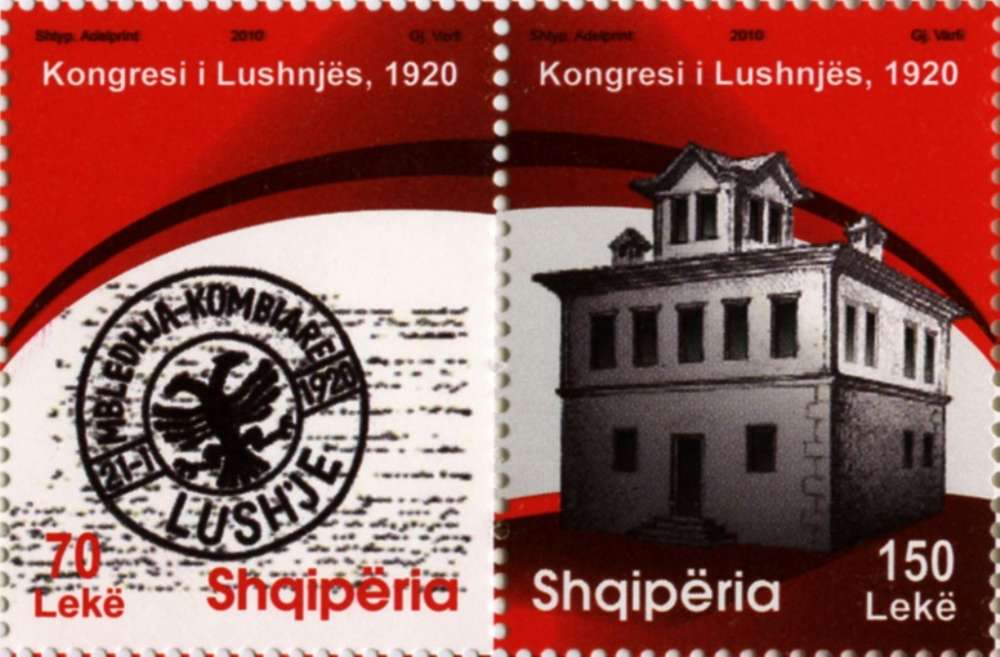
Congress Lushni
On April 7, 1939, the country was occupied by Mussolini’s troops, which put an end to the monarchy, which lasted 11 years. In 1943, the country was occupied by Hitler’s Nazi troops. The resistance to foreign attacks is known as the Anti-Fascist National Liberation Front. The end of World War II brought into force the Stalinist regime of Enver Hoxha.
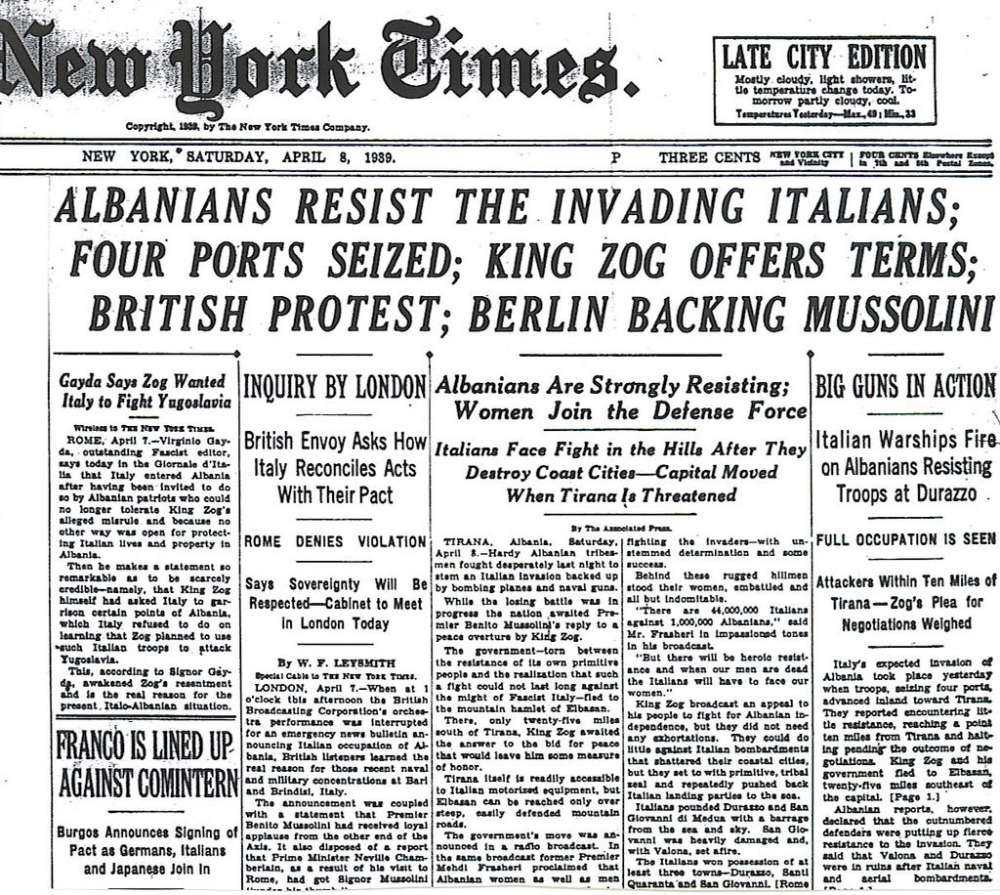
New York Times news about the Italian invasion of Albania
For about 50 years, the totalitarian regime pursued a policy of isolation, leaving the country in economic poverty and completely isolated from the international community. Its economic policy was based on the principle of “self-reliance”, forbidding loans and credits from abroad. This situation continued until 1991, when Albania, as a result of new winds blowing in Eastern Europe, finally came out of isolation.

Enver Hoxha depicted as leader of Albania
Albania has held pluralistic elections since 1991 . The Socialist Party, along with its allies, has now been in power since 2013. Since 2009, Albania has joined NATO as a full member. Now the country is going through a series of reforms aimed at integrating Albania into the European Community.

The fall of the statue of Enver Hoxha in Tirana in 1991 .